10 classic sample packs that changed electronic music
From hardcore jungle breaks to genre-bending club sounds, we celebrate the most memorable collections
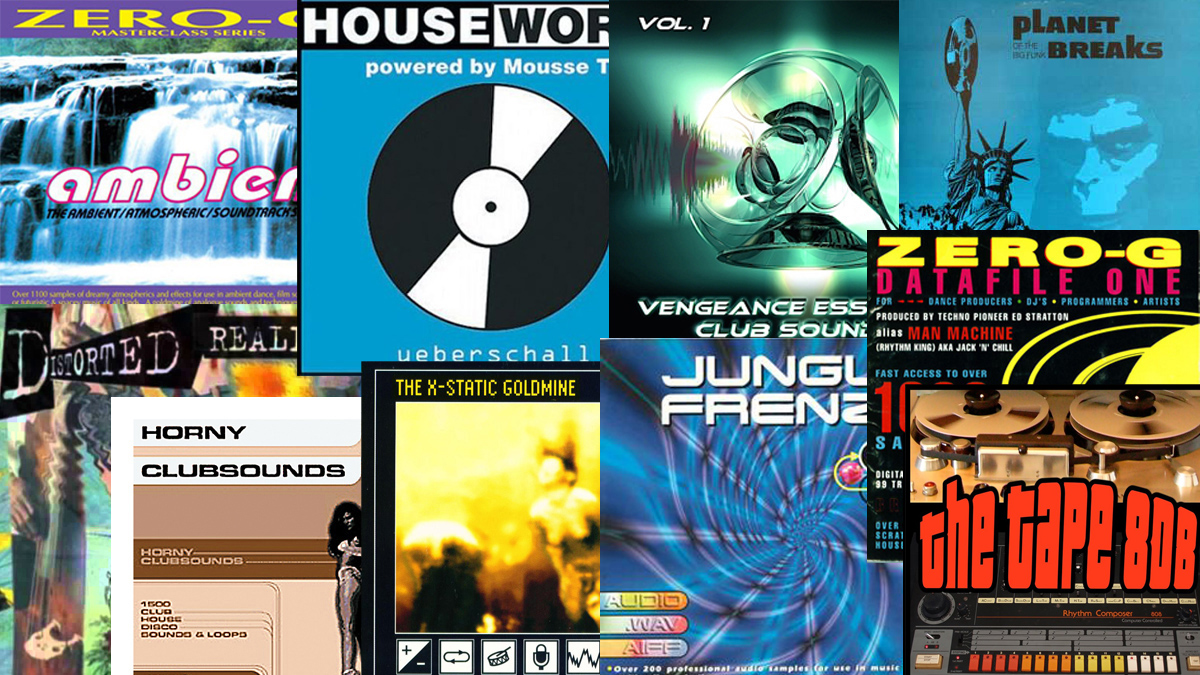
Considering they're an essential staple for everyone from bedroom beatmakers to world-famous producers, it's something of an injustice that sample libraries aren’t exactly considered high art.
There's no doubt that many sample packs have had a seismic impact on the sound of contemporary music, especially in the early days of affordable hardware samplers when soundware wasn’t so commonplace.
Those wizened enough to recall producing electronic music in the early '90s will remember that sample CDs could cost upwards of £60 (a lot of money in those days, you whippersnapper!) and varied significantly in quality. Spend your budget on a proper dud, and you’d have a much harder time making decent-sounding tracks.
Pick the right one, though, and you’d be rolling in inspirational (though potentially uncleared) sounds, making your hefty investment more than worthwhile.
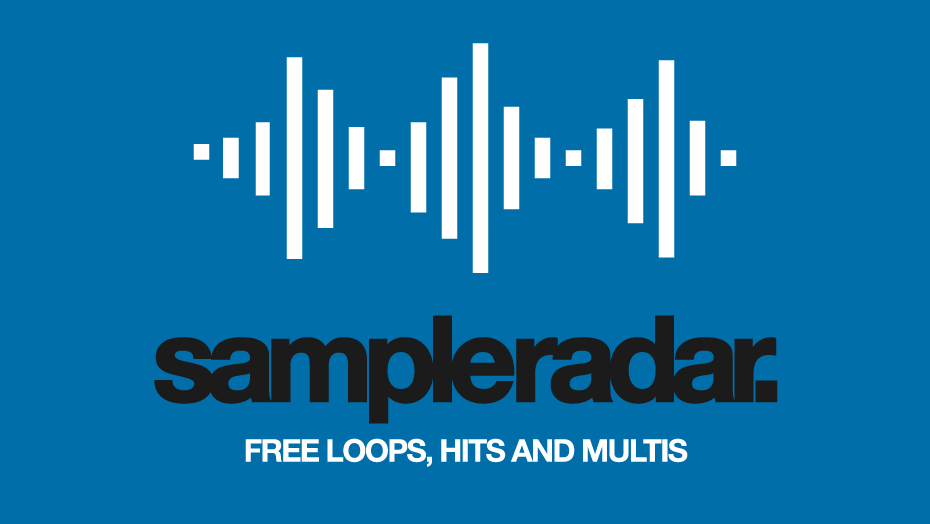
Free music samples: download loops, hits and multis from SampleRadar
As the world of music production has evolved over the years, sample libraries have thankfully much less likely to feature copyright-infringing material, and are arguably less interesting as a result. In fact, many of the best and most popular libraries from the early days have been discontinued, which only goes to make them more mysterious and desirable.
That said, there are a number of soundware developers who continue to create innovative, game-changing libraries. So, in tribute to these unsung heroes and as a celebration of this under-appreciated artform, here are MusicRadar’s 10 most influential sample libraries of all time!
1. Zero-G Datafiles 1-3 (1991)
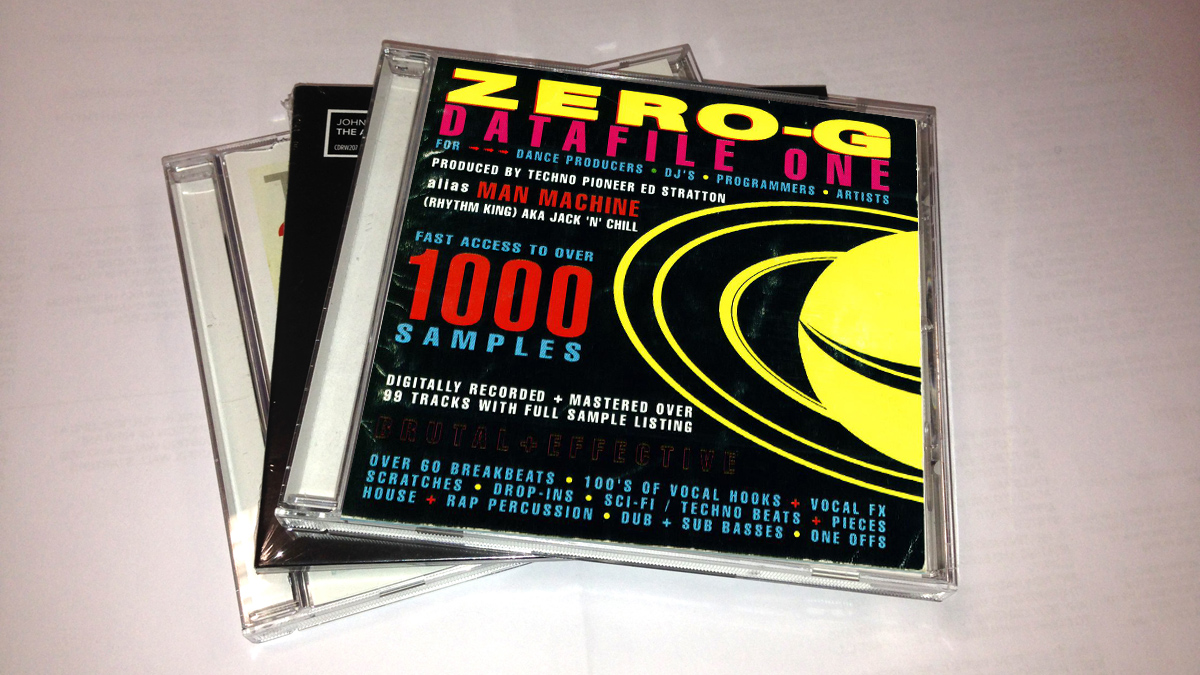
The Datafiles series was created by Zero-G founder Ed Stratton using sounds from his personal sample collection, many of which were taken from records.
Get the MusicRadar Newsletter
Want all the hottest music and gear news, reviews, deals, features and more, direct to your inbox? Sign up here.
Despite being full of uncleared samples, the Datafiles were enormously popular, and became the de facto source of breakbeats, bass and vocal samples for the nascent dance music scene in the early '90s.
In fact, it's hard to overstate the importance of the Datafiles on the sound of early UK house and DnB, but thanks to the dubious legality of their content they’re no longer available. If you see any of them in the wild, buy on sight!
2. Polestar Magnetics The X-Static Goldmine (1992)
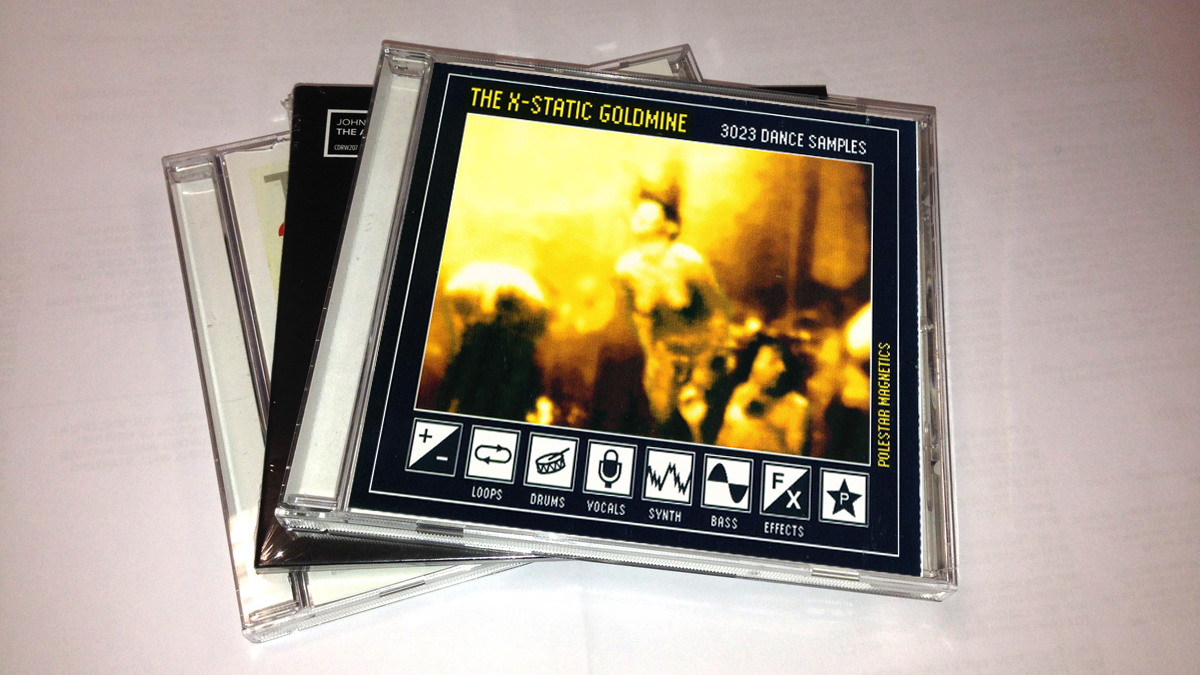
Another copyright-infringing masterpiece, Polestar Magnetics’ The X-Static Goldmine was a 2-CD monster.
While arguably less useful than the Datafiles thanks to the fact that some of the samples (particularly vocals) were manipulated in a less than desirable manner, it was still a fantastic source of sounds, ranging from classic hip-hop breaks and synth stabs to weird lo-fi instruments and vocoder loops.
Polestar Magnetics went on to become eLab and most recently Equipped Music, and has produced a slew of top notch libraries over the past couple of decades, including the much-loved Smokers Delight series.
3. Zero-G Ambient (1995)
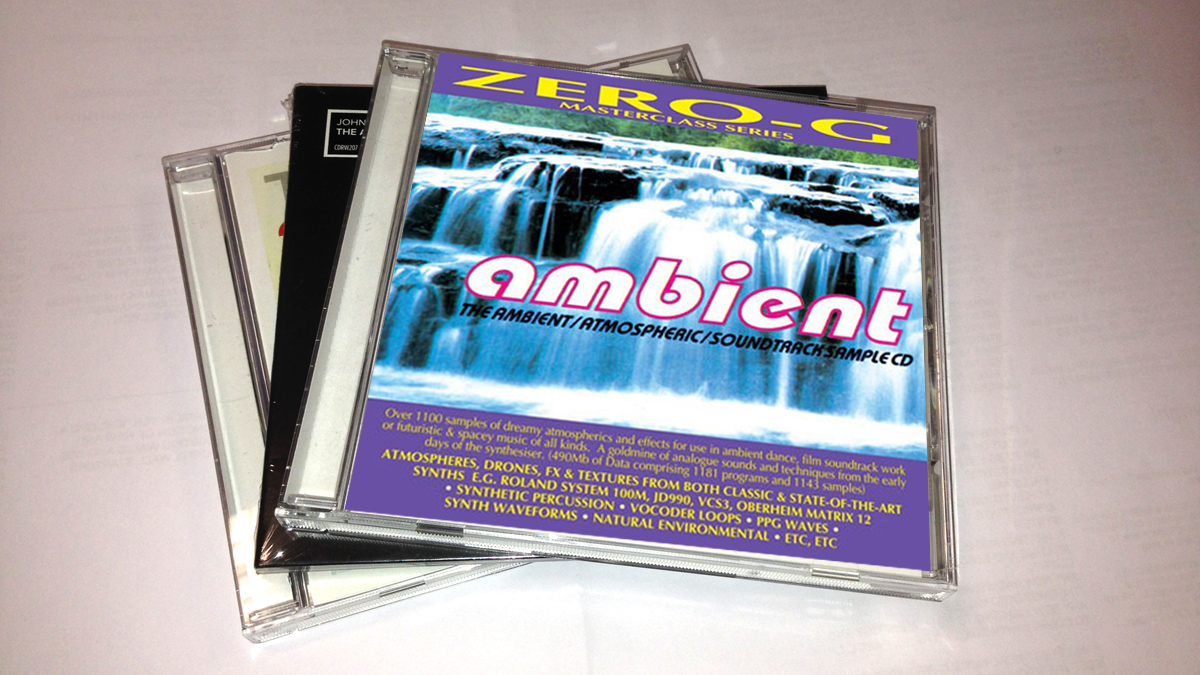
With chart success for rave acts like The Prodigy and SL2, and The Orb reaching number 1 in the UK album charts, 1992 was undoubtedly the heyday of feel-good electronic music.
Darker times were around the corner, however, making Zero-G’s weird and wonderful Ambient library a timely release indeed.
Haunting and mysterious rather than blissed-out, Ambient was jumped on by producers seeking to distance themselves from the lovey-dovey vibes that dominated the raves and chillout rooms of the time, and many of its sounds can be heard in the emerging darker, more ‘intelligent’ strain of hardcore that eventually evolved into DnB.
4. Spectrasonics Distorted Reality 1
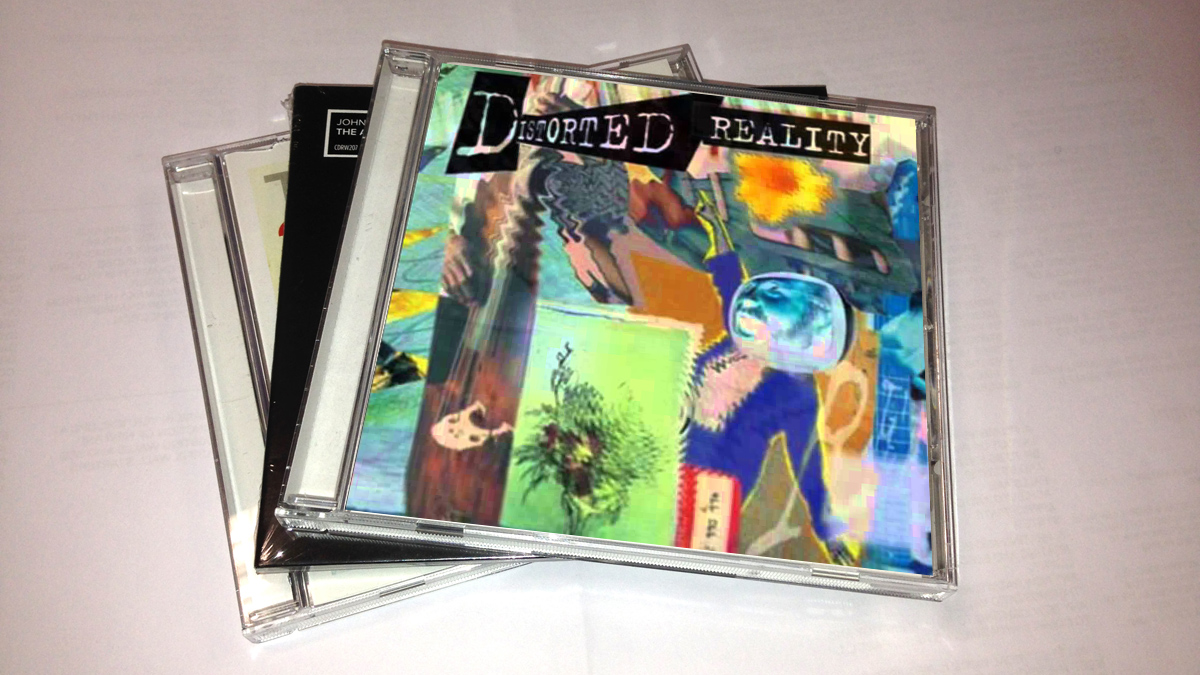
You may not have heard the name Eric Persing before, but you’ve almost certainly heard his sounds thanks to his tenure as Chief Sound Designer for Roland and founding of Omnisphere developer Spectrasonics.
Spectrasonics made a big splash with its early releases, Distorted Reality 1 and 2 in particular, thanks to their originality and unparalleled production values.
The Distorted Reality range has been discontinued, but like various other Spectrasonics libraries it lives on as part of Omnisphere’s gargantuan sound source library, and still sounds as fresh and usable as it did in the mid-'90s.
If you’re after abstract, offbeat and downright surreal sounds, Omnisphere is an absolute must.
5. Creative Essentials Jungle Frenzy (1996)
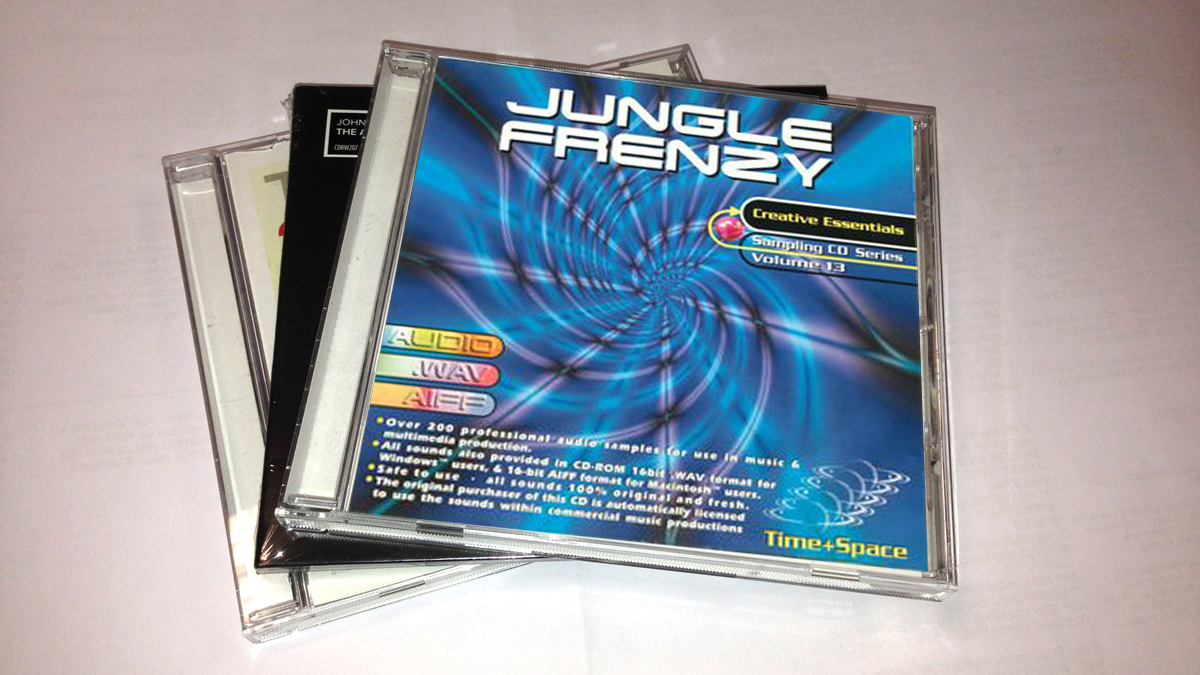
Produced incognito by a legendary DnB production duo, Jungle Frenzy was the budget-priced follow-up to the enormously popular Jungle Warfare library.
Despite its low price, Jungle Frenzy had a better and broader array of sounds than its predecessor, including some great quality versions of classic breakbeats, pristine drum hits, and luscious keys and pads.
If you have even the vaguest interest in breakbeat-oriented dance music you absolutely need to grab this if you ever see it.
6. Zero-G Planet of the Breaks (1998)
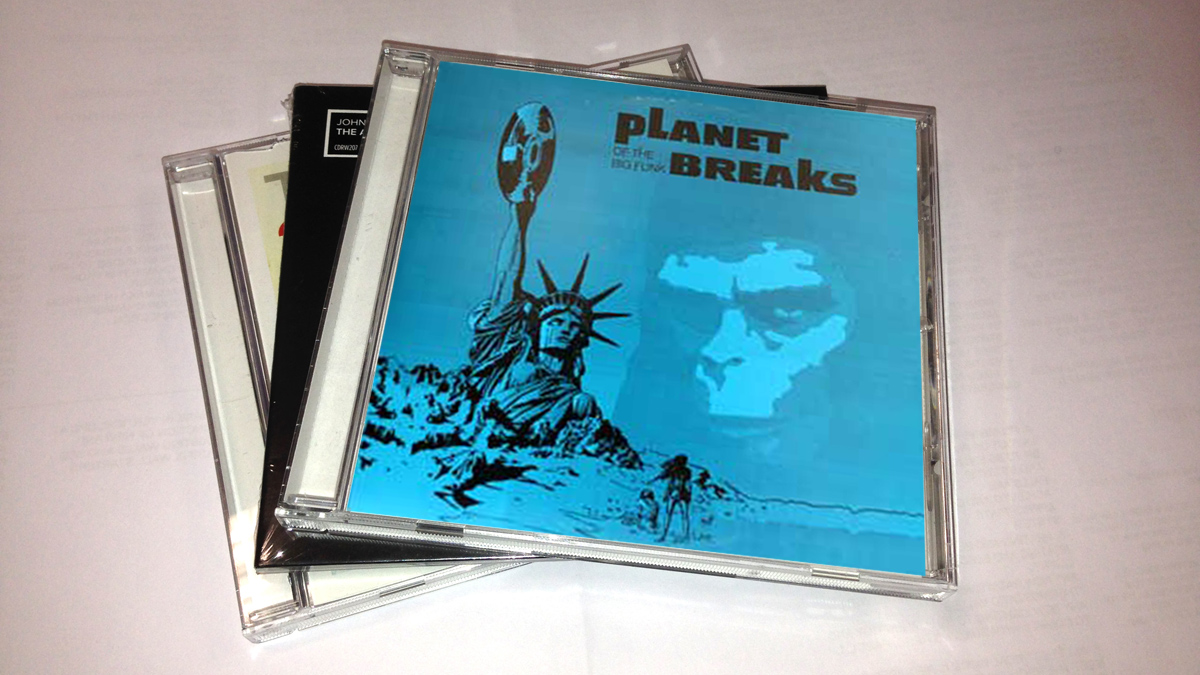
Despite an absolutely bonkers CV (and being responsible for some of the greatest cover versions of all time) beatsmith Shawn Lee is somehow not a household name, unless you happen to live in a particularly groovy household.
In 1998 Shawn unleashed his debut sample library on the world - a selection of new drum beats inspired by the sounds of classic breakbeats. Impeccably produced and without a hint of copyright infringement, Planet of the Breaks was a taste of things to come, spawning three sequels and becoming a bona fide soundware classic.
Those who enjoy the sound of splashy cymbals need to check this mother out without hesitation!
7. Ueberschall Houseworx! (1999)
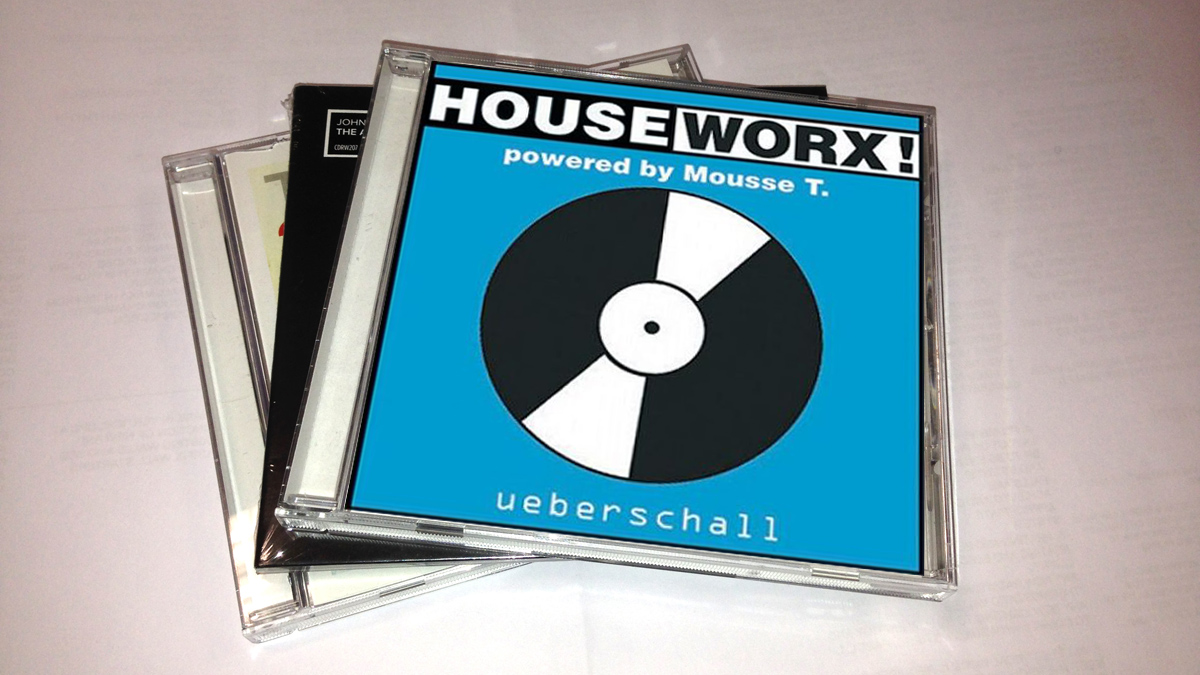
Produced by none other than Mousse T. of Horny fame, Houseworx! is a collection of mid-tempo beats, basslines and samples culled from a career so glittering that Mousse’s Discogs credits page takes about three days to load.
Housework! was arguably the first great house music library, thanks in particular to its funky selection of musical loops played on real instruments by session musicians.
The fantastic vocals, bumping beats and useful multisamples only sweetened the deal, and it’s a real shame that Houseworx! is no longer available, because it’s an absolute corker.
If you make any kind of organic-sounding dance music, this one’s well worth keeping an eye out for.
8. Best Service Horny Clubsounds (1999)
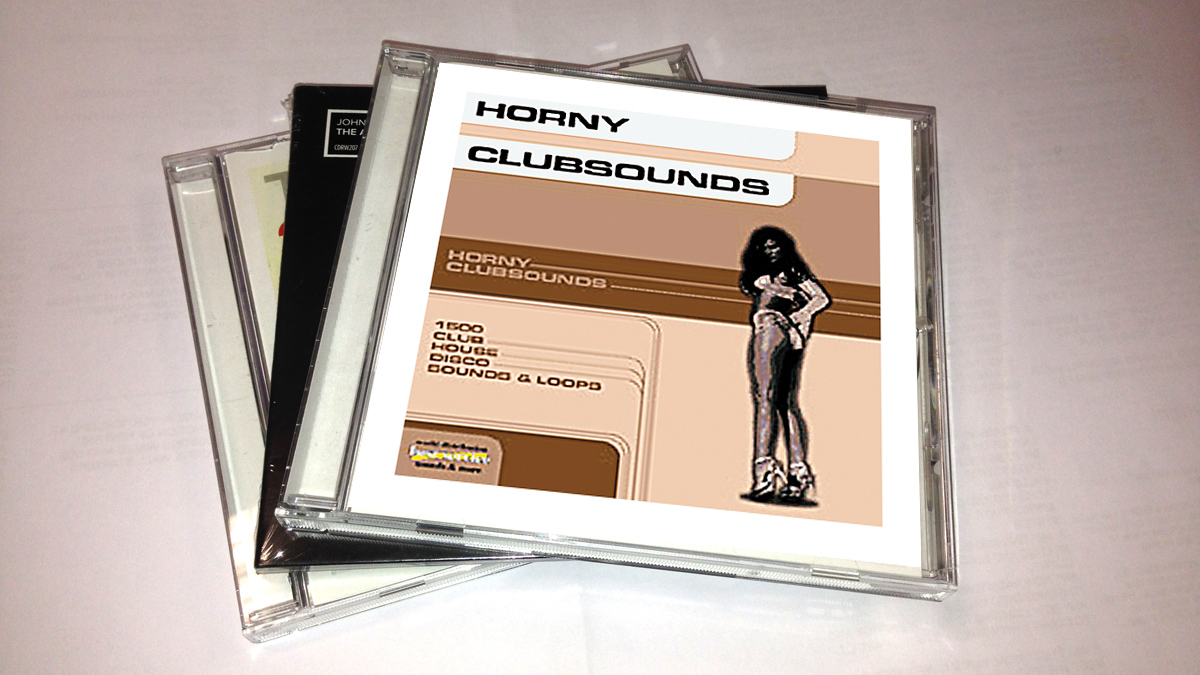
Unlike Houseworx! the cheekily-titled Horny Clubsounds didn’t have a big-name producer to market itself with, and its content wasn’t as original, with familiar sounds cropping up all over the shop.
Nevertheless, it was still a cracking collection of sounds, boasting a massive selection of housey organ stabs and character-packed electric piano chords.
Many of the noises featured in this library have come back into fashion, and it’s not quite as hard to find secondhand as some of the other libraries on this list. As such, deep and funky house producers would do well to trawl the web for a copy of their own.
9. Vengeance Essential Clubsounds Vol. 1
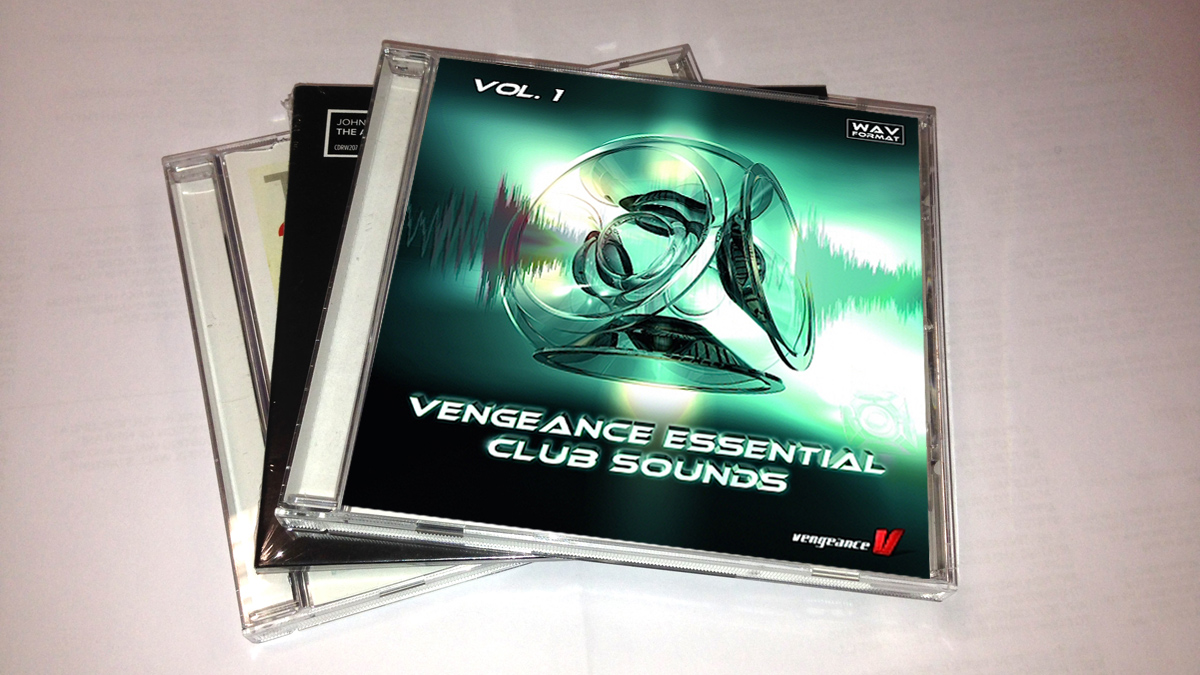
The noughties wasn’t exactly a vintage decade for soundware, until Manuel Schleis’ range of Vengeance libraries appeared on the scene.
With the world in the thrall of bangin’ electro house, producers needed big, beefy drum hits, and Vengeance Essential Clubsounds Vol. 1 provided them in bulk.
Processed to within an inch of their lives, VEC1’s one-shots took the time and heartache out of building up a mix-ready library of kicks, hats, claps and snares, and included some excellent loops, vocals and FX as well.
Tragically unavailable now, Vengeance Essential Clubsounds Vol. 1 will go down in history as a library that helped change the sound of dance music.
10. Goldbaby Tape808 (2007)
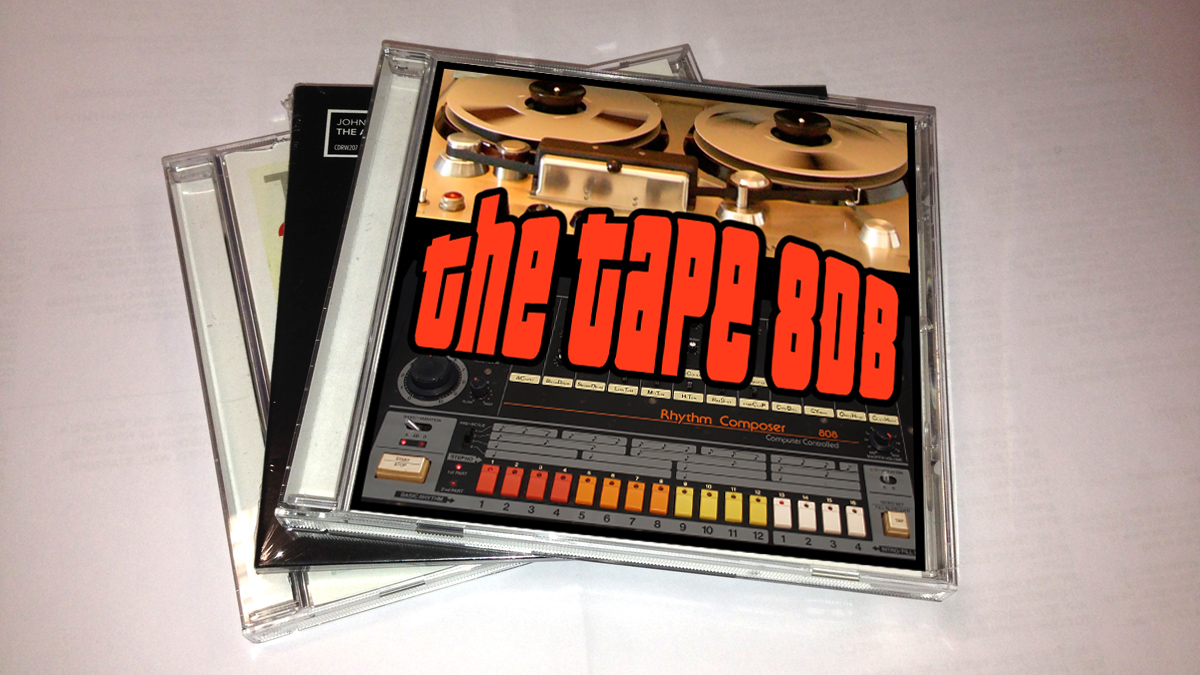
The drum machine that wouldn’t die, Roland’s TR-808 seems to be more popular than ever these days.
There are tons of libraries that feature its simple but slammin’ sounds, though none can rival Goldbaby’s Tape808, an epic selection of 808 drum hits recorded with various levels of Ampex tape saturation.
If you’re after authentically analogue-sounding versions of those classic kicks, snares, claps, hats and percussion sounds, Tape808 is utterly essential, and at a measly $29 it’s certainly much cheaper and less hassle than acquiring and sampling your own TR-808 and Ampex hardware.











